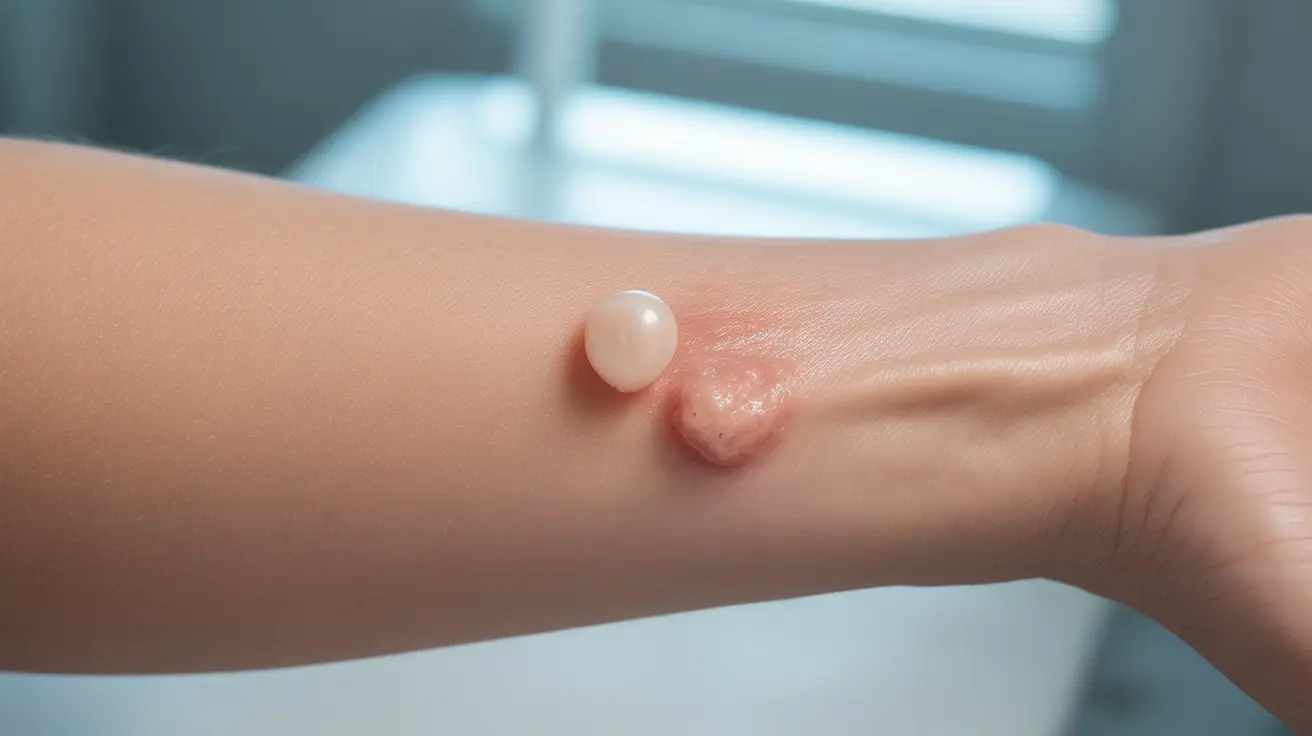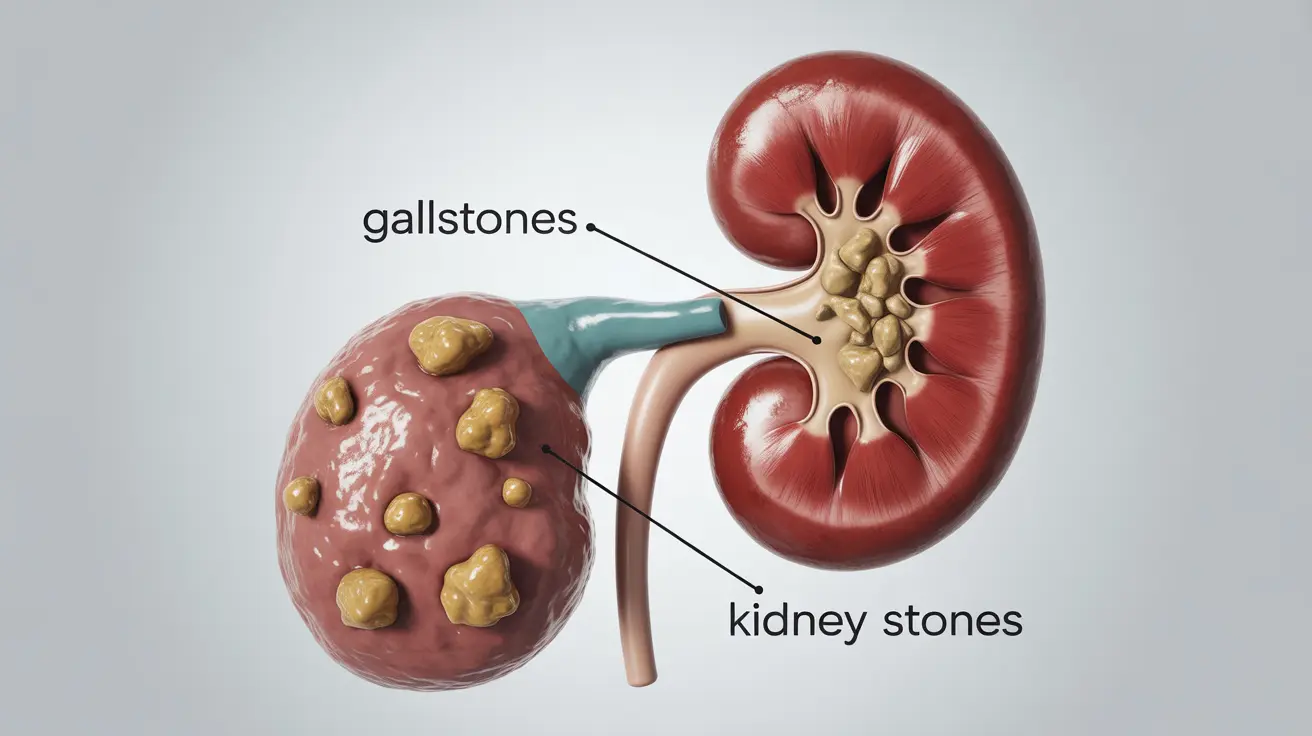Nephroptosis, also known as floating kidney or renal ptosis, is a condition where the kidney drops down into the pelvis when a person stands up. This unusual movement occurs because the kidney isn't properly held in place by the surrounding tissues and ligaments. While relatively uncommon, understanding this condition is crucial for those affected by it and healthcare providers who diagnose and treat it.
This comprehensive guide explores the key aspects of nephroptosis, including its symptoms, diagnostic approaches, and various treatment options available to patients. We'll also discuss important preventive measures and potential complications that can arise if left untreated.
Understanding the Condition
Nephroptosis occurs when the kidney descends more than two vertebral bodies (or about 5 centimeters) when changing from a lying to a standing position. This movement happens because the supporting structures that normally keep the kidney in place have become weakened or damaged.
The condition is more common in women than men, particularly in individuals with a thin body build. Various factors can contribute to its development, including rapid weight loss, pregnancy, or physical trauma to the abdominal area.
Signs and Symptoms
The symptoms of nephroptosis can vary significantly among individuals, with some experiencing no symptoms while others face considerable discomfort. Common symptoms include:
- Sharp or dull pain in the lower back or abdomen
- Pain that worsens when standing or walking
- Relief of pain when lying down
- Nausea and vomiting
- Blood in the urine (hematuria)
- Increased urinary frequency
- Upper abdominal pain
Diagnostic Procedures
Diagnosing nephroptosis requires a thorough medical evaluation and specific imaging tests. Healthcare providers typically use:
Imaging Studies
- Intravenous pyelogram (IVP)
- CT scan with contrast
- Ultrasound in different positions
- Nuclear medicine studies
These tests are usually performed both while the patient is lying down and standing up to observe the kidney's movement and confirm the diagnosis.
Treatment Approaches
Treatment for nephroptosis depends on the severity of symptoms and their impact on daily life. Options include:
Conservative Management
- Weight maintenance or controlled weight gain
- Physical therapy exercises
- Supportive garments or belts
- Pain management techniques
Surgical Intervention
When conservative treatments fail to provide relief, surgical intervention may be necessary. The main surgical procedure is called nephropexy, which involves securing the kidney in its proper position using minimally invasive techniques.
Prevention and Lifestyle Modifications
While not all cases of nephroptosis can be prevented, certain lifestyle modifications may help reduce the risk or manage symptoms:
- Maintaining a healthy weight
- Regular exercise to strengthen core muscles
- Proper posture maintenance
- Avoiding sudden, extreme weight loss
- Regular medical check-ups
Frequently Asked Questions
- What are the symptoms of nephroptosis, and how does it affect daily life?
Nephroptosis symptoms typically include lower back or abdominal pain that worsens with standing or walking and improves when lying down. It can affect daily activities by causing discomfort during movement, potentially limiting physical activity and impacting work or exercise routines.
- How is nephroptosis diagnosed, and what imaging tests are commonly used?
Diagnosis typically involves imaging studies performed in both supine and upright positions. Common tests include intravenous pyelogram (IVP), CT scans with contrast, and ultrasound examinations. These tests help visualize the kidney's movement and confirm the diagnosis.
- What are the treatment options for nephroptosis, and when is surgery necessary?
Treatment options range from conservative approaches like supportive garments and physical therapy to surgical intervention (nephropexy). Surgery becomes necessary when conservative treatments fail to relieve symptoms or when complications develop.
- Can nephroptosis be prevented, or are there lifestyle changes that can reduce its risk?
While not entirely preventable, maintaining a healthy weight, avoiding rapid weight loss, and strengthening core muscles through exercise can help reduce the risk. Regular medical check-ups can also help monitor kidney health and position.
- What are the potential complications of untreated nephroptosis, and how can they be managed?
Untreated nephroptosis can lead to chronic pain, urinary tract infections, kidney stones, and reduced kidney function. These complications can be managed through proper medical supervision, lifestyle modifications, and timely intervention when necessary.




